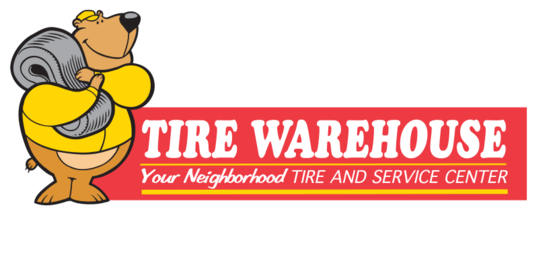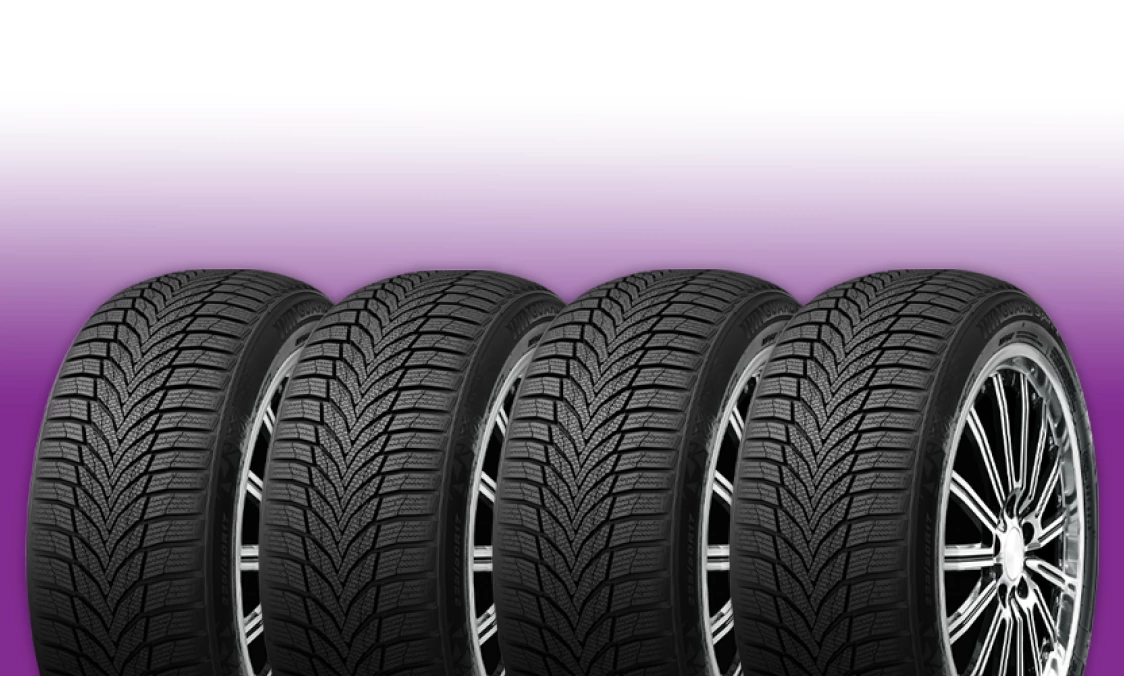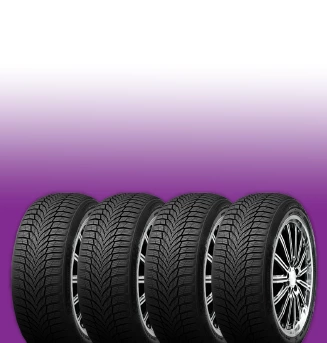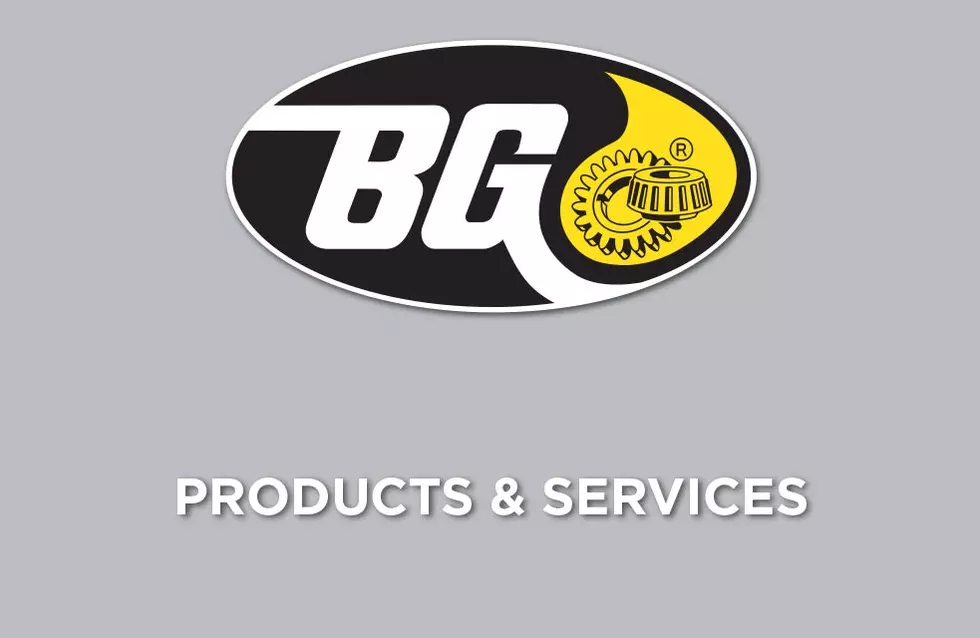The Edible Engine
July 24, 2022
You may have had a friend whose vehicle was the victim of hungry rodents. After all, mice, rats and squirrels—even rabbits—have been known to gnaw on wires in engine compartments, causing vehicle electrical systems to go haywire. They can disable a vehicle completely and be very expensive to fix.
In 2017, some drivers noticed their vehicle's wiring was being chewed and found out the automaker was using a relatively new material for covering their wires: soy. Many of the repairs to their new vehicles weren't covered under warranty by the manufacturer when it was discovered rodents were eating the wiring. So the owners filed a class action suit, saying the soy covering was essentially baiting the critters.
The automakers tell a different story, saying mice, rats and squirrels have been chewing through wire insulation long before it was made out of soy.
Regardless of what the insulation is made of, vehicle owners should make sure rodents aren't chowing down and creating a problem in the engine compartment. They can have their repair facility check for these signs: Little bits of acorns, leaves, chewed up plastic and animal droppings in the engine's nooks and crannies. Using a black light, your technician can detect animal urine, a sure sign that they've been using your engine compartment as a warm apartment, a nest and a dining room.
You can take steps to prevent rodents from chomping your vehicle's parts. Honda—one of the vehicle manufacturers that uses soy-based wiring covering—makes a rodent tape. It contains a spice called capsaicin that rodents find too hot to handle. Other preventative measures include installing metal mesh around wiring harnesses or spraying the engine compartment with special rodent-repellants.
Rodent damage can cost one vehicle owner thousands of dollars to fix, not the kind of bite anyone wants taken out of their bank account.
Need Service?
More articles from Tire Warehouse Depot

Your Vehicle's Other Power Plant (Alternator Replacement)
March 30, 2025
Your vehicle's engine is probably the first thing that comes to mind when you think of a power plant. But it has another power source that is vital as well: the alternator. The alternator is what puts out the electricity that powers such things as your lights, power windows, sound system, and na... More

Cruisin' on Down Main Street
March 23, 2025
When automakers first came out with cruise control, it was a real luxury item. The older cruise controls used a mechanical vacuum system but it worked. Well, some of the time. Now days, cruise control is all electronic, thanks to computers. It's reliable and a real convenience on long trips. ... More

Smooth Operator (Shocks and Struts)
March 16, 2025
Few of us ever drive somewhere without encountering some pretty rough roads, and it's amazing how well our vehicles are able to smooth out the ride. Thank your shocks and struts. The two parts are similar. Some cars have shocks in the rear, and struts in the front. Others have struts all around... More










